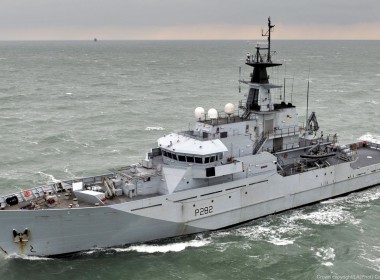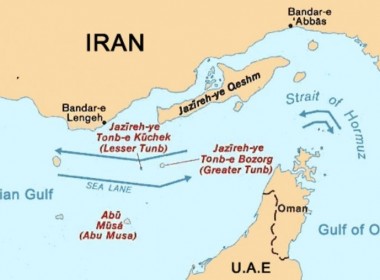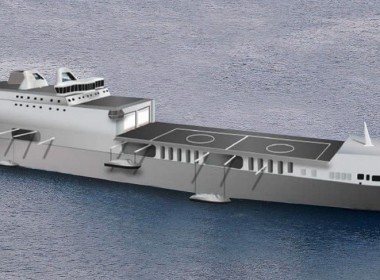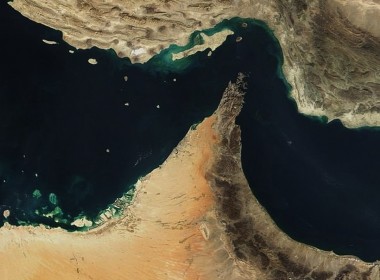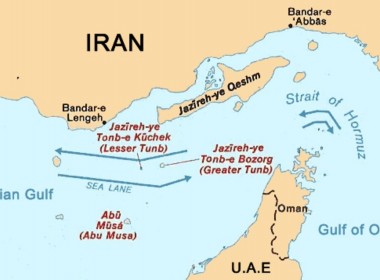FEATURE | Joint US-UK escort for ships transiting Strait of Hormuz
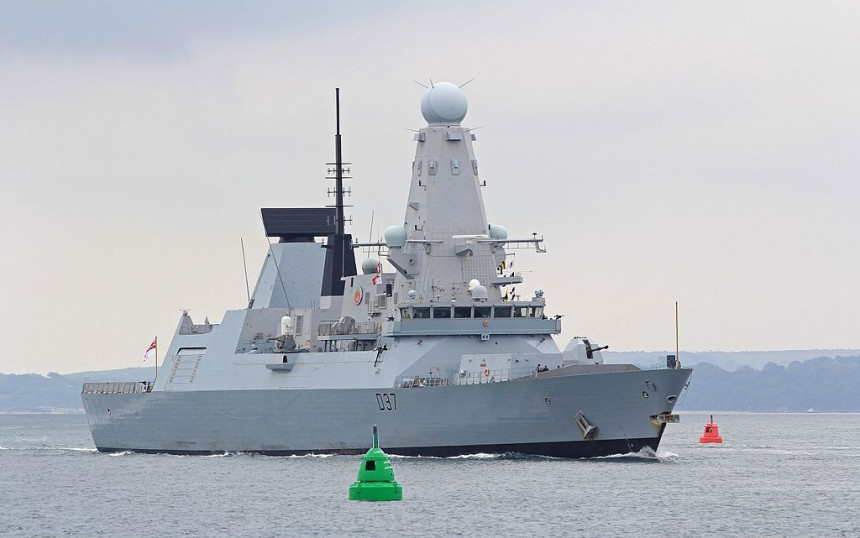
Washington’s efforts to form up a multi-national naval task force to escort vessels through the Strait of Hormuz have, so far, proved fruitless. On August 5, though, it was announced that a joint US Navy–UK Royal Navy (RN) patrol force has been established, in order to safeguard international shipping, in and around the strait, against interference from Islamic Revolutionary Guard Corps Navy (IRGCN) craft.
Tensions in the region have been very high since the July arrest, in Gibraltar, by British marines, of the VLCC Grace 1, which was reportedly bound for Syria with a cargo of Iranian crude oil, and the subsequent seizure near the strait, by the IRGCN, of the UK-registered tanker Stena Impero. Two small tankers, registered in the UAE, and Iraq respectively, have also been seized.
The IRGCN is also suspected of having used limpet mines to damage a number of other tankers, while they were at anchor in the region.
The situation is further complicated by the unilateral withdrawal of the US from the multilateral deal to restrict Tehran’s nuclear development programme, while EU participants remain committed to the agreement.
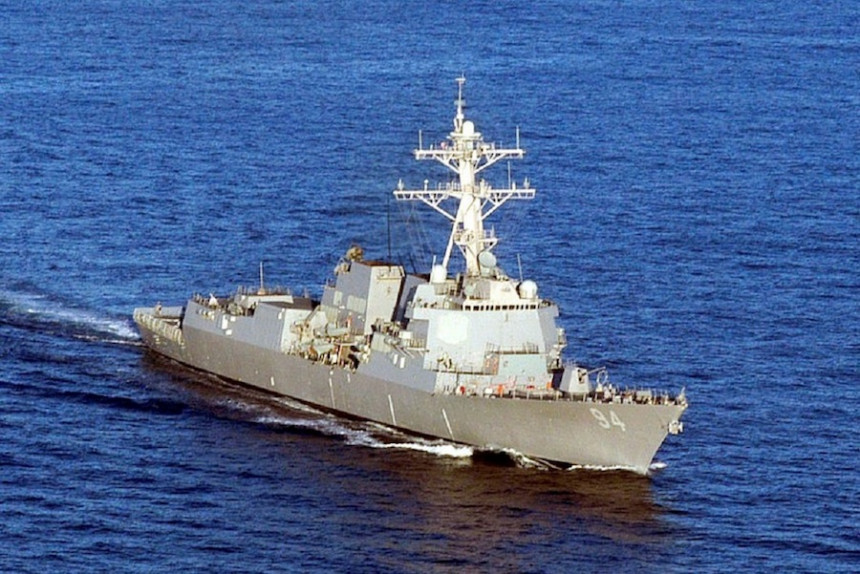
Early indications are that the modestly-sized force will be made up from warships drawn, on rotation, from a pool which includes the US Navy destroyers Bainbridge, Mason and Nitze, and cruiser Leyte Gulf, and the RN frigates Montrose and Kent, and destroyer Duncan. The US Navy carrier Abraham Lincoln, currently deployed, to the region, is likely to provide long range surveillance capability.
Meanwhile, diplomatic efforts are continuing to persuade additional nations to take part, while some analysts believe that the Indian Navy destroyer Chennai, and OPV Sunayna, already deployed independently in the region, might eventually join, or operate in parallel with, the newly formed force.
The categories of vessel which will be eligible for escort, and the force’s terms of engagement, have yet to be announced.


